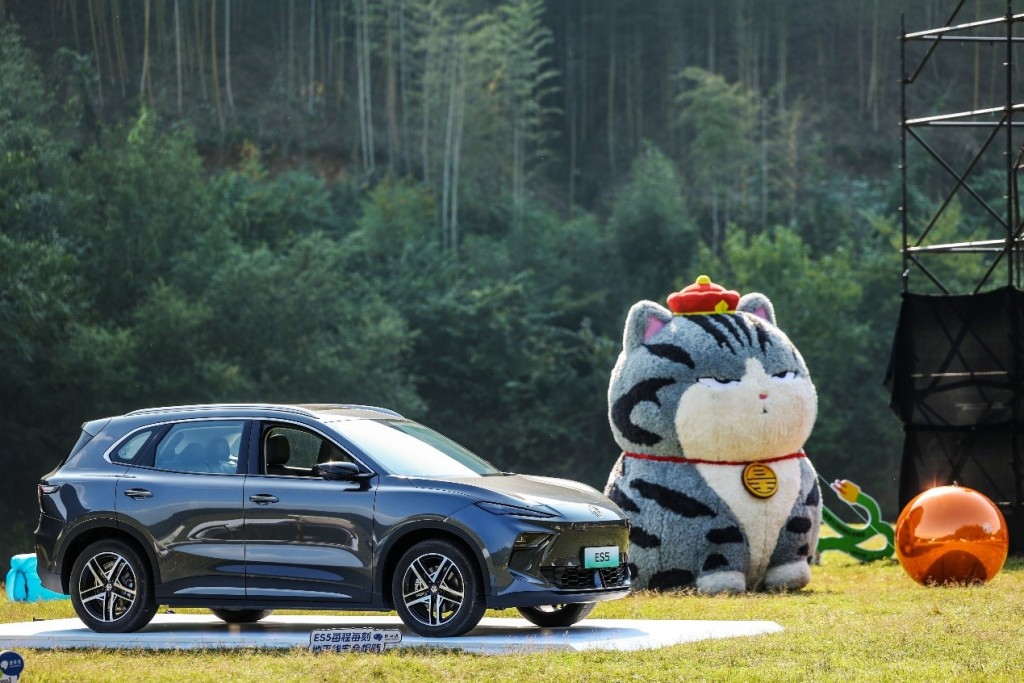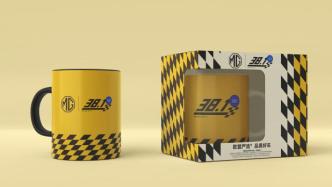
The car brand MG was born in Oxford, England in 1924, and this year marks its 100th anniversary.
On the occasion of the centenary, the appearance of a small sports car designed by Chinese people - MG Cyberster is just in time, as if to remind people of the glorious years of MG that have been long forgotten or that we have never cared about.
In fact, MG was once a brand famous for its sports cars. The Encyclopedia Britannica even used MG to define sports cars. In 1930, MG opened a great decade with the success of the M-type Midget, and the era of popular sports cars finally arrived.
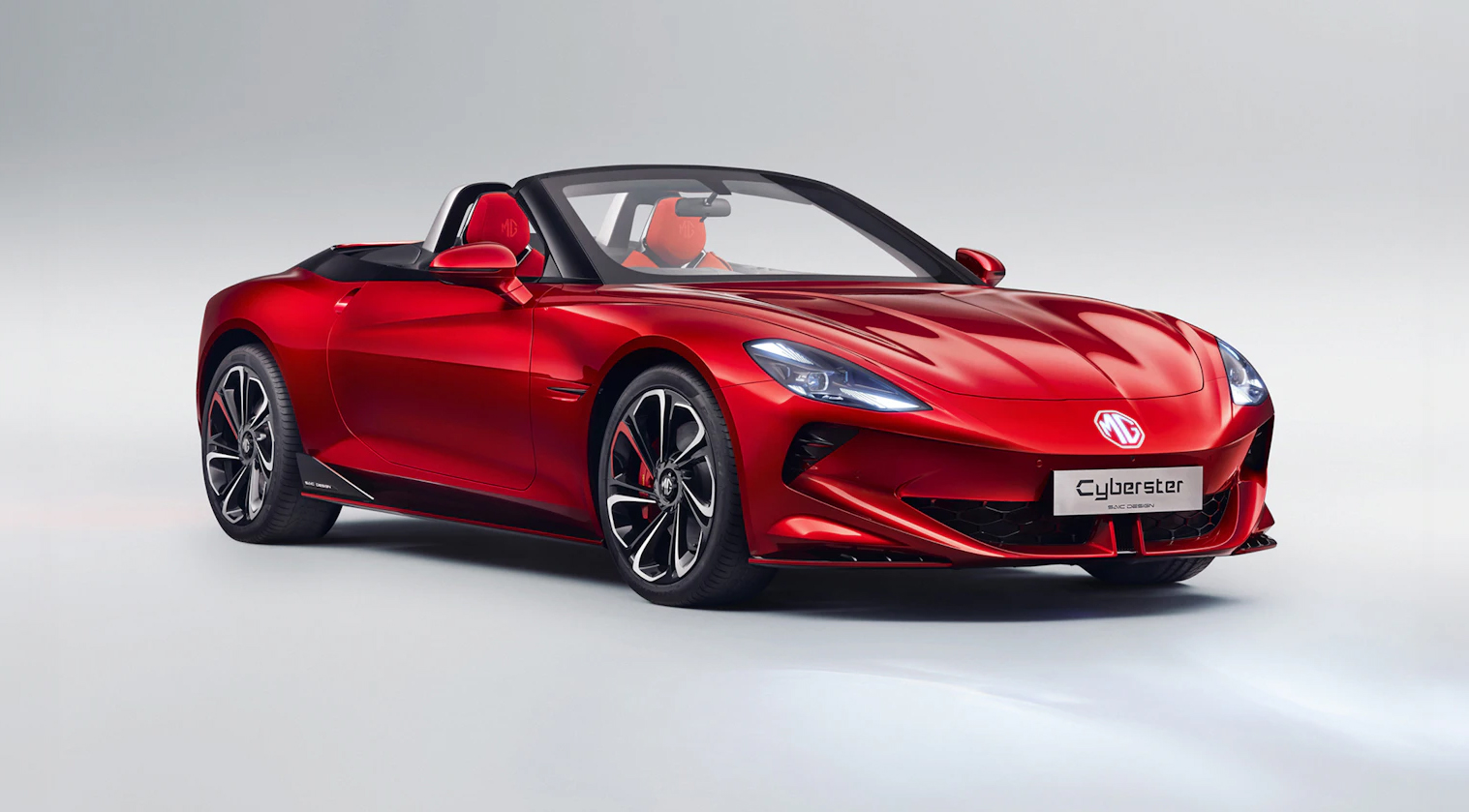
MG Cyberster
The British, who live in the past, treat MG as a British brand, even though it was acquired by SAIC as early as 2007 and has become a Chinese brand.
However, the acquisition of the British brand MG by a Chinese car company did not stir up much national sentiment in the Chinese market. As one of the few brands whose overseas sales far exceed those in the domestic market, we only slightly sensed its existence when we heard good news about its overseas expansion.
If there is anything that everyone agrees on in MG's 100 years, it must be its ever-affordable prices. Especially for the younger generation who have no emotional ties to MG, this is a reason that makes it hard to refuse.
It’s not that MG has not dreamed of entering the high-end market, but a quick look at history will reveal that all its attempts to move up have ended in failure.
MG once released an 18/80 car in 1928, which was priced at four or five hundred pounds at the time. The media gave it rave reviews at the time, and MG was even more enthusiastic. But the financial crisis followed, which was doomed to be a devastating blow to an overpriced car.
Much later, the brand's remaining greed for the high-end market drove it to launch supercars such as the MG RV8, which cost up to 20,000 pounds, and even the MG X80.
Unfortunately, people didn't buy it. Automobile magazine commented on the RV8: "It's easy to like it, but if you ask us if we are willing to spend £25,440 to enjoy the company of it, we have to say no regretfully." The MG X80 ended with 29 pre-orders.
Why is it so? If we want to find out the reason, it is because the image of a popular sports car created by Midget for MG is too deeply rooted in people's hearts. It can even be said that without Midget, there would be no MG.
However, without that soul-stirring victory, MG would not have become synonymous with racing in the minds of the public.
Bentley made it happen. In the 1920s, as the number of cars in the market continued to rise, racing emerged, giving rise to legendary events such as Le Mans. For car companies, before the Internet became everything, racing was the best publicity.
It was with this idea in mind that MG and Bentley met at Brooklands in 1930.
Bentley is a much stronger rival than MG in every sense. Unlike MG, which started with 4 pounds, Bentley, which was built on 2,000 pounds, has the ease of a rich man. In 1924, when MG was born, Bentley was already a star on the racetrack. From 1927 to 1930, the four consecutive victories of the "Bentley Boys" at Le Mans made Bentley a household name. Speaking of "Bentley Boys", they are either professional racing drivers or rich young men. They always like to bet when they get together. The stakes are usually 200 pounds, which is more expensive than a Midget.
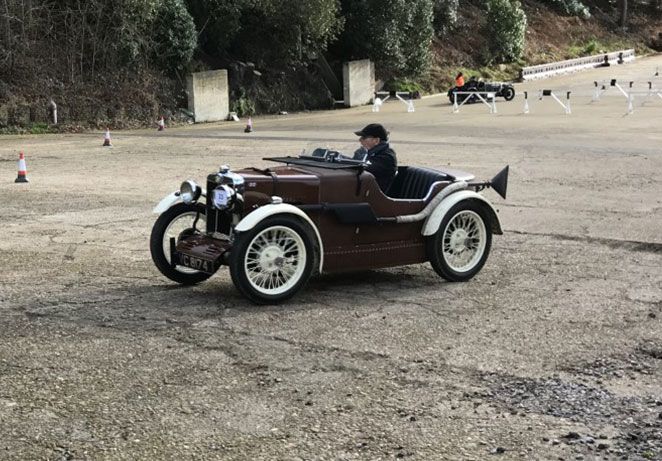
MG M-type midget at the Brooklands Double Twelve Race in 1930
No matter how you look at it, Bentley has all the aura of a winner, and MG is just a second-rate team living in the shadow of Bentley. However, in the 1930 Brooklands Double Twelve Race, it was this Midget, which only sold for £175, that defeated the invincible Bentley team.
"We were bitten by fleas." The unwilling Bentley boy finally said this. If Midget is translated into Chinese, it literally means small, like a flea, without weight and not noticed. When they came to their senses, they found that the one who defeated Bentley was just a group of ordinary Midget owners.
This was the starting point of the legendary decade. MG broke the dominance of Bentley. The trend of civilian sports cars swept the entire 1930s. Ordinary people were deeply inspired and ready to show their talents in a sport that originally belonged only to the rich.
Bentley is only a tangible strength, but more often than not, what we need to face is the invisible strength.
Last week, the EU announced a temporary decision to impose additional tariffs on Chinese electric vehicles. MG was the highest taxed car company among the three sampled Chinese car companies, reaching 38.1%. If the existing 10% basic tariff is included, the total tariff rate for MG entering the EU will reach 48.1%.
Although 48.1% is not set in stone, as the result will not be finalized until July 4, the higher-than-expected figure still caused some excitement.
MG publicly responded on its social media account, "48.1% is the distance MG leads Europe. If we are targeted because we are doing the right thing, it is a kind of character to persist and not give in. SAIC MG will not stop its steps towards the world."
Not only that, MG also generously demonstrated the idea of designing the EU's 38.1% tariff into peripheral products for sale, just like Wang Xiaobo wrote "The Golden Age", nonchalantly mocking the absurdity of life.
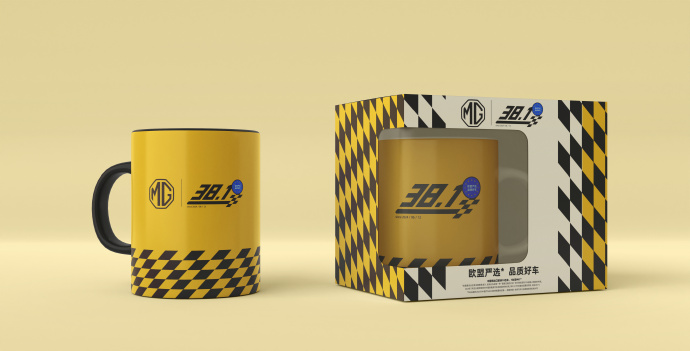
MG 38.1% surrounding
One can't help but sigh that a century later, outside the racing field, MG has made another great move!
